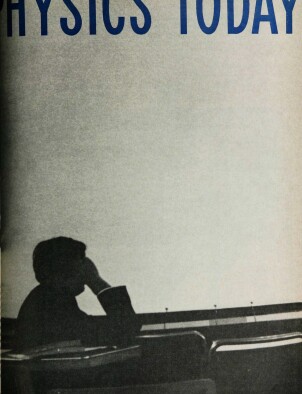Pugwash 1962
DOI: 10.1063/1.3057853
Two Pugwash Conferences on Science and World Affairs (COSWA for short) were held in England in 1962. The ninth conference was held in Cambridge in August, the tenth conference in London in September. The two meetings were very different in purpose and in character. The ninth conference followed the tradition set by earlier meetings. It was small, informal, and concentrated on a particular subject, in this case “Problems of Disarmament and World Security”. The tenth conference broke with tradition in every respect. It was large, formal, and scattered over a variety of topics. Those people who attended both meetings were unanimous in declaring that the ninth was not only pleasanter but much more useful. However, there was a legitimate reason for making the tenth conference big and formal. It was intended that the tenth conference should guide the policies to be followed by the international continuing committee which organizes the Pugwash meetings. So the continuing committee reported to the tenth conference on the work the committee has done over the last five years, and the conference formally elected a new continuing committee representing a wider group of countries than the old one. A policy statement was adopted, requiring the continuing committee to organize only small specialized meetings for the next four or five years, at the end of which time another big formal meeting may be called to review policy and re‐elect the committee. So the tenth conference performed a necessary function in enabling a large group of people to take formal responsibility for the future of the Pugwash movement. Apart from this, the high point of the tenth conference was the personal appearance of Bertrand Russell, who opened the proceedings with a wise and witty speech and received a standing ovation.
This article is only available in PDF format
More about the Authors
Freeman J. Dyson. Institute for Advanced Study, Princeton, N.J..




